Crop environment section
Lab of soil and fertilizer
With sustainable soil management as the overall objective, our soil and fertilization research focuses on facilitating rational fertilization on the basis of crop nutrient diagnosis, as well as the development and application of organic fertilizers, grass cultivation, biofertilizers, and agricultural waste materials.
Standard practices of nutrition diagnosis and rational fertilization have been established for important crops including Indian jujube, wax apple, litchi, guava, papaya, pineapple, mango, lemon, vegetable soybean, adzuki bean, and onion. About 4,000 samples of soil, plant parts, fertilizers, and irrigation water are analyzed annually. The results are provided to farmers and used as references for soil management and appropriate fertilization.
We also teach farmers the techniques for preparing high-quality composts and encourage farmers to apply certificated organic fertilizers for maintaining soil fertility in a sustainable way.
In the research of grass cultivation in orchard, our results showed that the proper grass cultivation not only improves the soil properties and increases organic matters in the soil, but also beautifies the environment and protects our ecosystems. In the biofertilizer research, the inoculation of crops with arbuscular mycorrhizal fungi (AMF) enhanced the tolerance of crops to the environmental stress and prevented the infection by soil pathogens. The AMF technique also facilitated the absorption of nutrients such as phosphorous in the soils, resulting in the improvement of soil fertility and the reduction of the use of chemical fertilizers.
Our research has also focused on the utilization of agricultural waste. Rice husks can be used as natural potassium fertilizers and soil conditioners. The recommended amounts of carbonized rice husks for vegetables and orchards are 1000-2000 kg/ha and 5-10 kg/plant, respectively.
The results showed that the carbonized rice husks improved the quality of tomato. Rice straw, an abundant agricultural waste in Asia, can be used as an affordable growing medium to replace high-cost mosses. We successfully developed the high-quality rice straw-based growing medium for orchid cultivation. This growing medium is composed of rice straws and mosses (v/v, 1/1). The pretreatment for rice straws includes cutting, drying, softening, and sterilization. We anticipate the use of rice straws will reduce the cost for orchid cultivation as well as provide a new avenue for farmers.
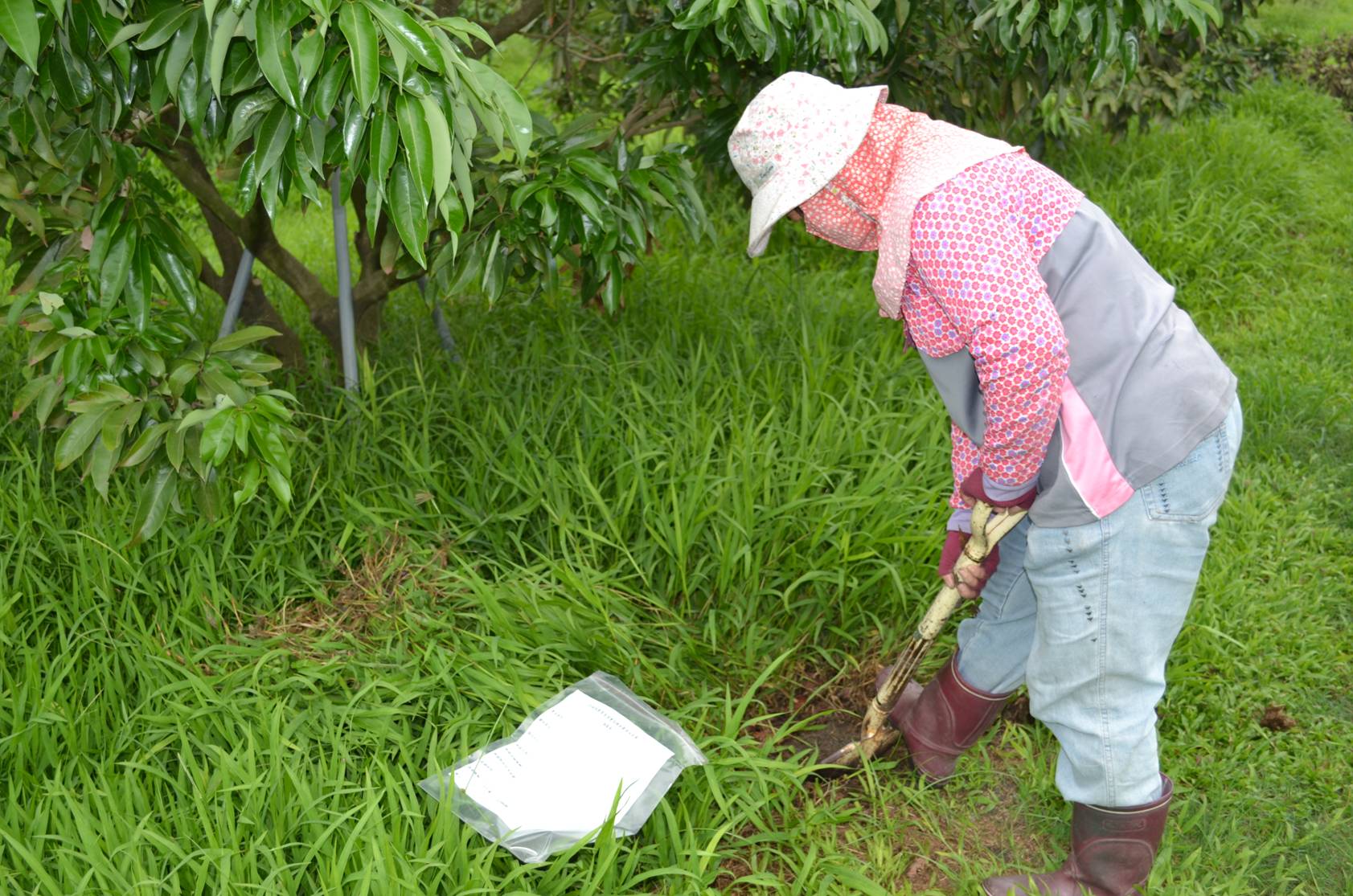
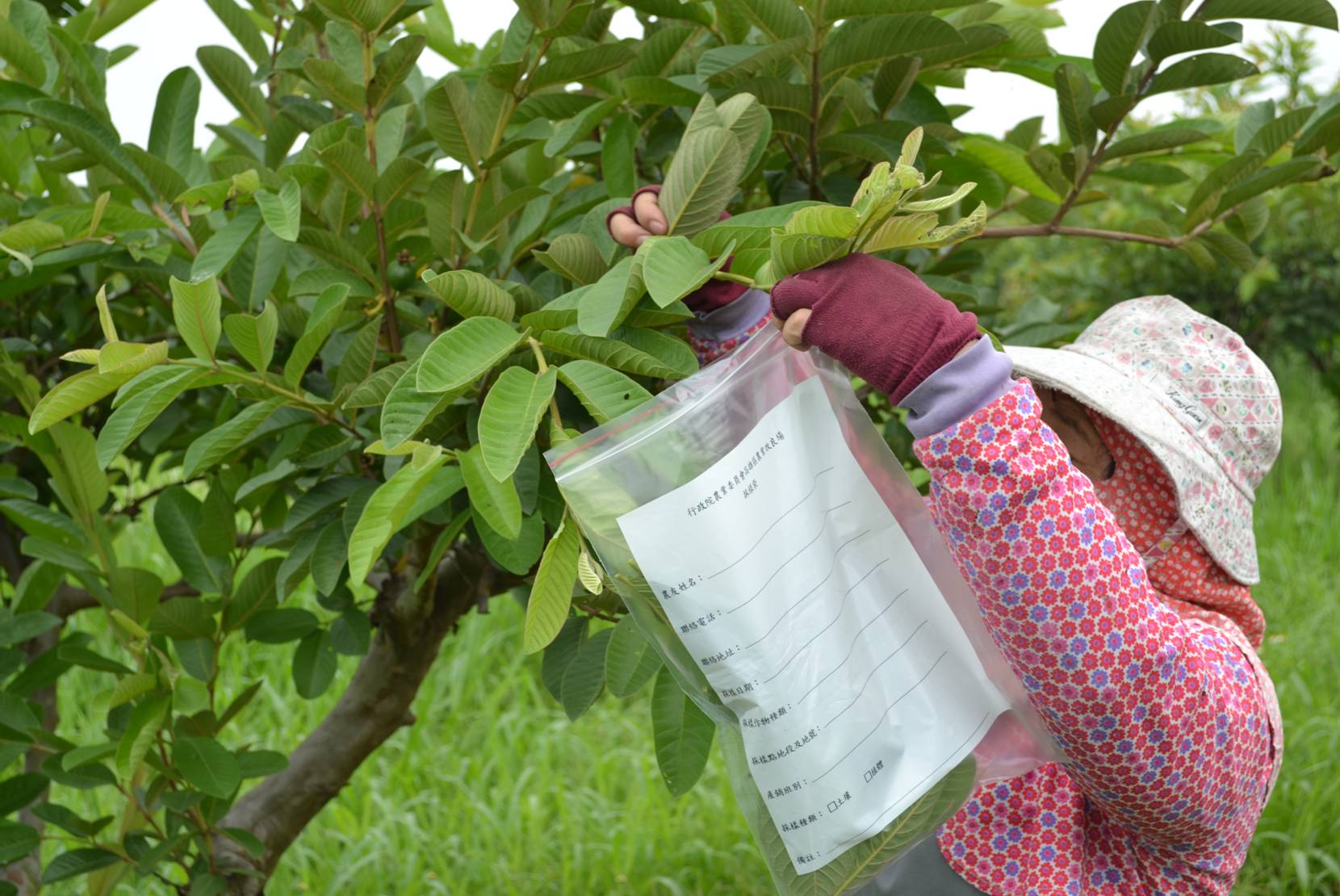
Sampling and analysis of soil for Sampling and analysis of leaves for
fertilization management fertilization management
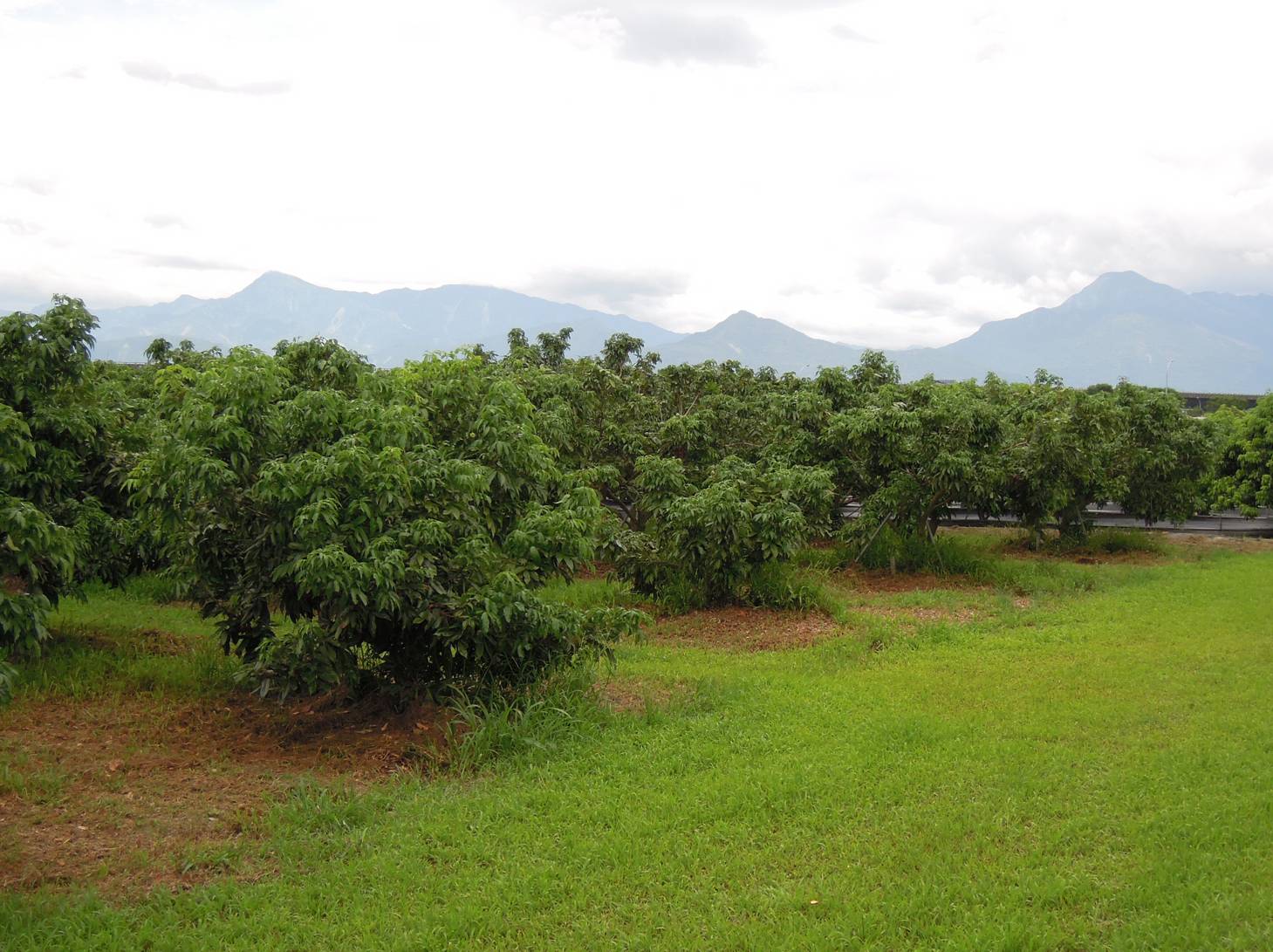
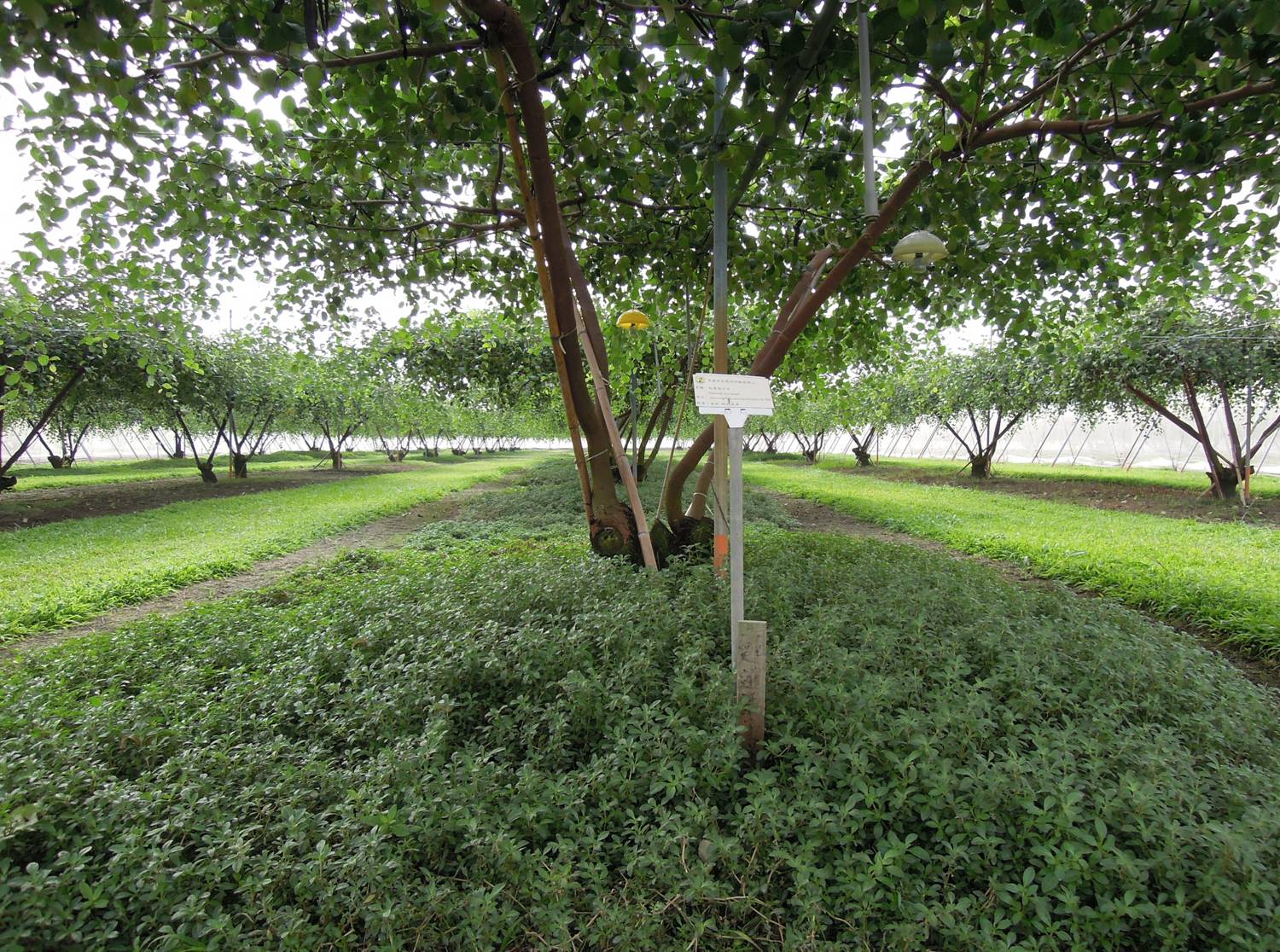
Mixed grass cultivation in litchi orchards Single grass cultivation in jujube orchards
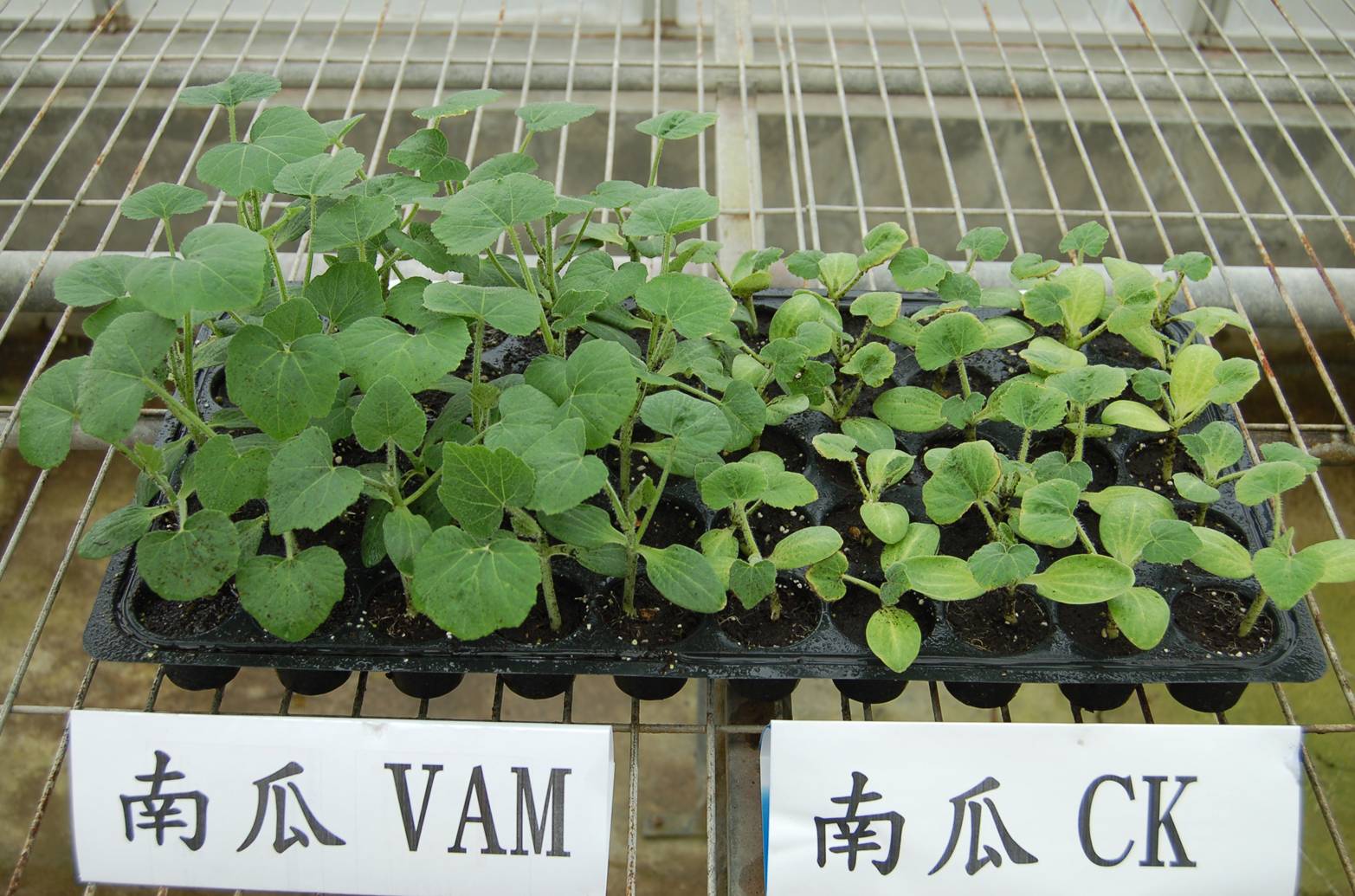
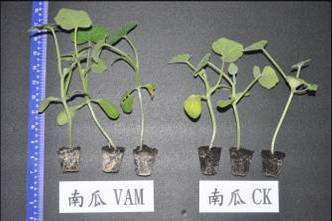
Inoculation of arbuscular mycorrhizal fungi Enhancement of pumpkin root growth by the
(AMF) increased the pumpkin growth inoculation of AMF (5 weeks)
(5 weeks)(left: treatment of AMF, (left: treatment of AMF, right: control)
right: control)
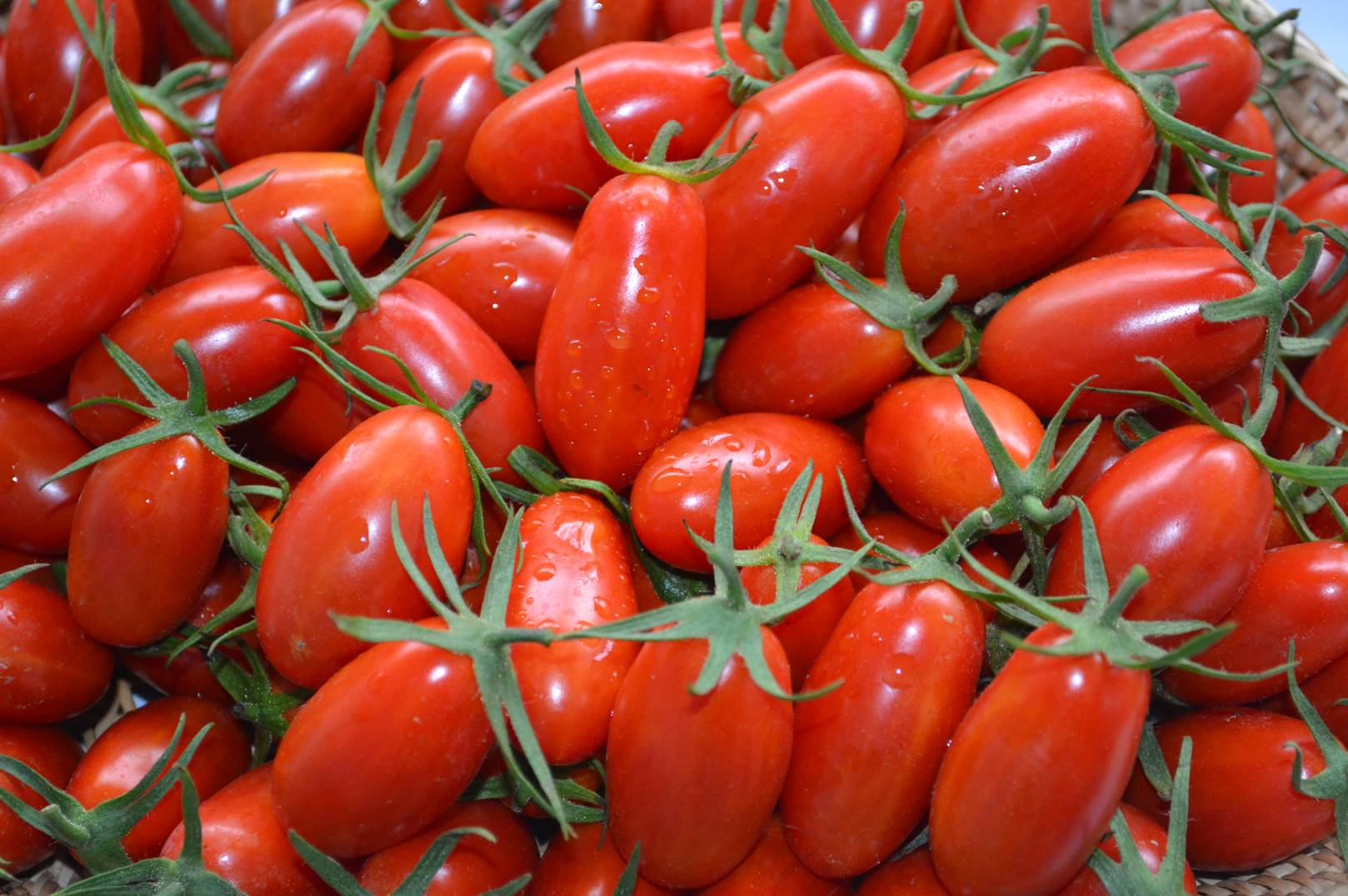
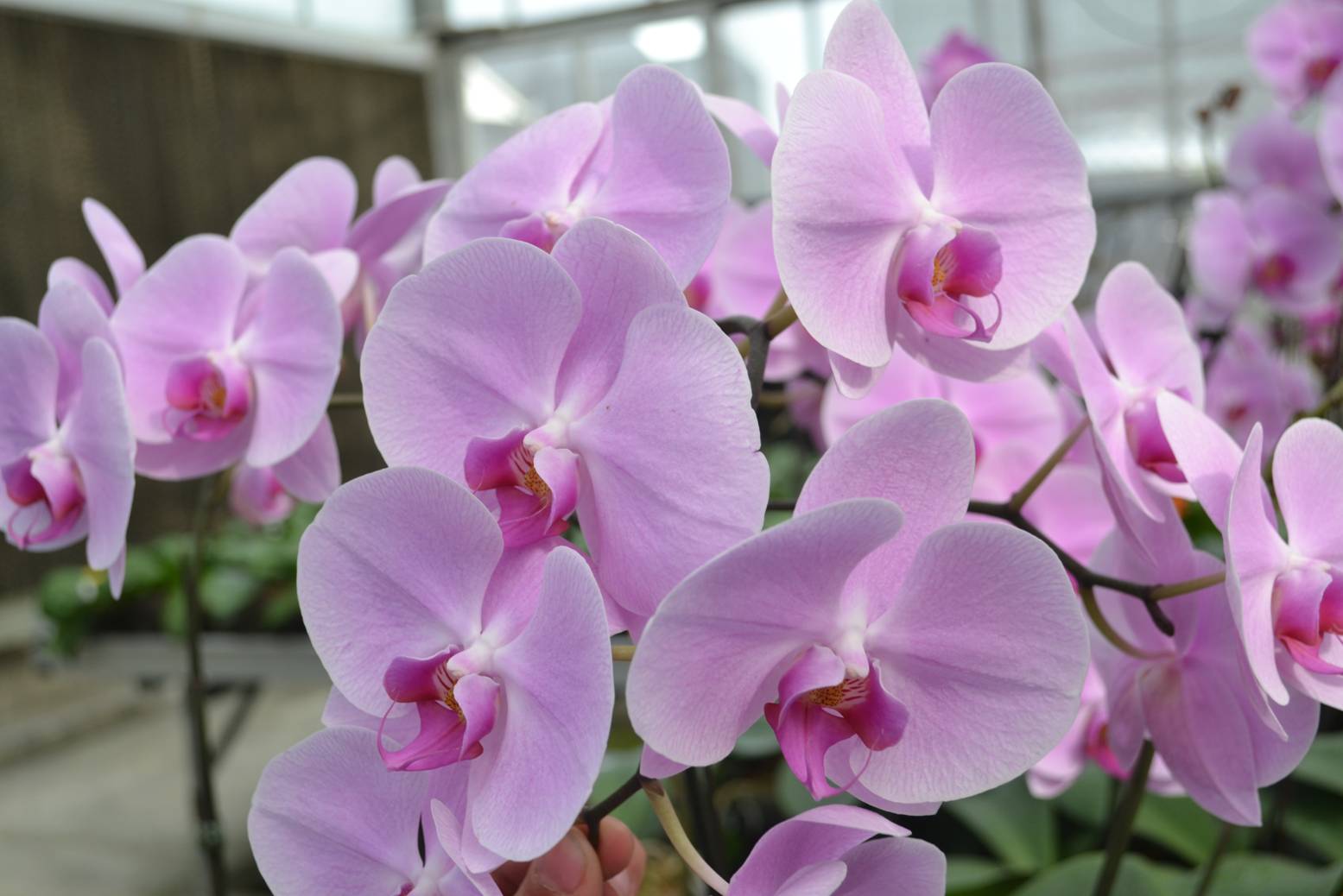
Application of carbonized rice husks High-quality orchids by using the rice
improved the quality of tomato straw-based growing medium


